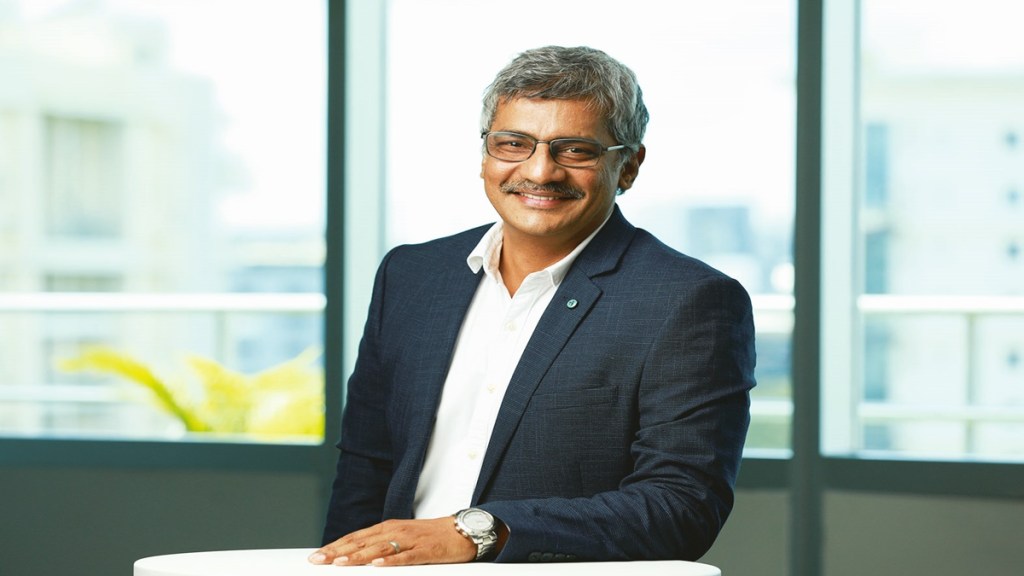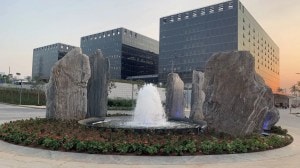Bengaluru-based Daimler Truck Innovation Centre India (DTICI) is the innovation hub of Daimler Truck AG. It is the company’s largest such facility outside Germany and is focused on product engineering and IT. “Our centre serves as a melting pot of engineering ideas across the brand,” Raghavendra Vaidya, MD & CEO, Daimler Truck Innovation Centre India, tells Sudhir Chowdhary. Excerpts:
Tell us about the key focus areas for the India innovation centre
Our engineers are focused on zero-emission and connectivity technologies. We are building deep product engineering expertise, covering everything from sheet metal to software. We are also working on advanced analytics and data science, specifically in manufacturing, engineering, after-sales, logistics, and the data generated by their connected trucks. DTICI is investing in zero-emission technologies and software-led innovation that includes transitioning from internal combustion engines to battery electric vehicles. Our centre serves as a melting pot of engineering ideas across the brand and the globe, allowing for the transfer of successful concepts from one region to another.
How are connectivity solutions transforming the transportation sector?
Commercial vehicles today are data centres on wheels. Modern automotive vehicles are highly intelligent, with a wide range of sensors that collect and process data from within and around the vehicle. Moreover, advances in communication technologies allow vehicles to use this data to communicate with each other and their surrounding infrastructure. These are used in various ways. From telematics systems, including but not limited to GPS; fleet management services, which enable the monitoring of the location, status, and health of each vehicle in real-time; remote diagnostics using virtual technicians to troubleshoot; to predictive maintenance and data analytics, Connectivity is paving the way for future mobility concepts and rapidly transforming the automobile industry.
What kind of futuristic technologies are being developed at the India centre?
The automobile sector is undergoing an unparalleled level of change. Personalisation, autonomy, and connectivity are three technology-driven themes that are accelerating the pace of growth. Beyond that, future software development for the vehicles will be based on the Daimler Truck Operating System (DTOS), which will enhance the development of software-only features and accelerate the innovation process. As the software defined vehicle (SDV) movement gains momentum, commercial vehicles, which are primarily mechanical, are expected to undergo a software-driven transformation. For businesses to stand out in the market, disruptive automotive technology and high-quality next-generation automobiles will
be essential.
How do you think the role of GCCs has evolved in recent years?
When global capability centres (GCCs) started coming up in India, a large part of the rationale behind that was based on ‘wage and cost benefits’. Today, there has been a seismic shift in that perspective for global organisations. Now, GCCs are not only contributing to their parent organisations’ success but are also propelling India’s economic growth. Overall, India’s captive centres have evolved into strategic partners contributing to innovation with unmatched talent, cost-effectiveness, and operational excellence rather than just serving as a cost-saving back office.
What is the road ahead for greater EV adoption in India?
India’s national mission for electric mobility, as well as the faster adoption and manufacturing of electric vehicles (EVs) and significant increase in charging infrastructure available, have been game changers. The future of mobility is at a critical point of inflection, and the shift towards EVs in India will have a significant impact on the environment. India is the world’s third-largest EV market. The primary barriers to broad adoption of EVs are a lack of high-performing EVs and infrastructure, which has grown by leaps and bounds but hasn’t reached its full potential. However, the path to EV’s adoption in India looks bright, and we are optimistic about similar growth and adoption for the commercial vehicle segment.








